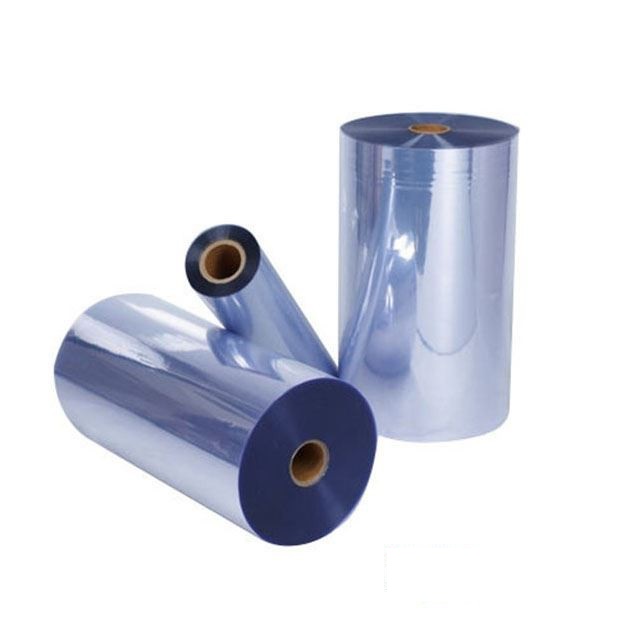Thermoforming Materials--HIPS PETG PC PVC PP ABS
HIPS
Most commonly-used material.
Inexpensive, functional material that can be brittle at low temperatures and can off-gas at higher temperatures. Used for packaging trays, covers and light-duty structural pieces. Food-safe versions available.
PETG/PET (Polyethylene Terephthalate) (Polyester)
Moderately inexpensive material with good water and oxygen barriers. Able to stand up to substantially lower temperatures than HIPS. Often used for food-safe applications, freezer packaging and water bottles.
ABS (Acrylonitrile Butadiene Styrene)
Medium-cost impact-resistant engineering plastic which can be flame retardant or UV resistant when blended with other materials. Used for high-end packaging and moderate-load structural components.
PC (Polycarbonate)
Medium- to high-cost engineering plastic with high stiffness, impact strength and temperature resistance, plus options for UV and scratch resistance. Often used for glass replacements on phones, TVs, lights or glasses, as well as high-temp applications. Harder to form than most thermoplastics, especially for fine details.PP (Polypropylene)
Moderately-priced alternative to PE which improves thermal and mechanical properties. Higher level of chemical resistance than most plastics. Can be used as an engineering plastic. Used for chemical-resistant applications, including food contact.PVC (Polyvinyl Chloride)
Hard engineering plastic with strong mechanical properties as well as high chemical and electrical resistance. Can be made rigid or flexible. Used for certain chemical-resistant containers.Acrylic
An inexpensive, rigid and brittle plastic with relatively high UV resistance. More difficult to form than other plastics. Not intended for tight bends or details. UV resistance makes it well-suited to outdoor applications.
